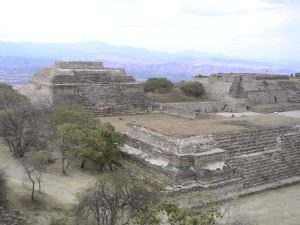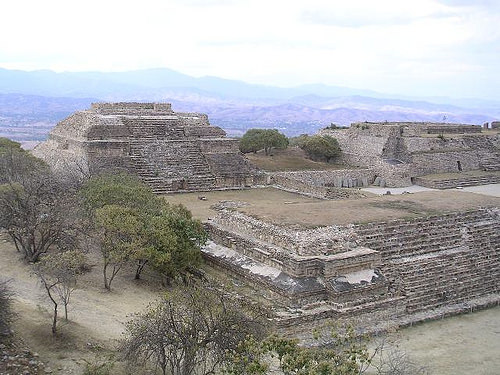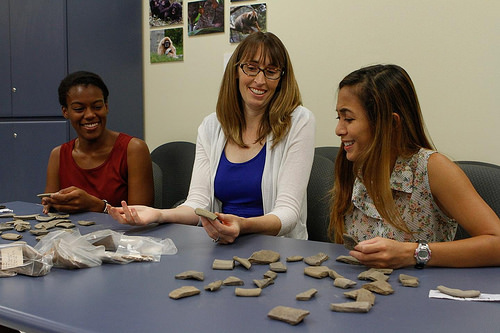
UNIVERSITY OF CENTRAL FLORIDA—University of Colorado anthropology Professor Arthur A. Joyce and University of Central Florida Associate Professor Sarah Barber found evidence in several Mexican archeological sites that contradict the long-held belief that religion acted to unite early state societies. It often had the opposite effect, the study says.
“It doesn’t matter if we today don’t share particular religious beliefs, but when people in the past acted on their beliefs, those actions could have real, material consequences,” Barber said about the team’s findings. “It really behooves us to acknowledge religion when considering political processes.”
Sounds like sage advice in today’s world that has multiple examples of politics and religion intersecting and resulting in conflict.
The team published its findings “Ensoulment, Entrapment, and Political Centralization: A Comparative Study of Religion and Politics in Later Formative Oaxaca,” after spending several years conducting field research in the lower Río Verde valley of Oaxaca, Mexico’s Pacific coastal lowlands. They compared their results with data from the highland Valley of Oaxaca.
Their study viewed archaeological evidence from 700 B.C. to A.D. 250, a period identified as a time of the emergence of states in the region. In the lower Verde, religious rituals involving offerings and the burial of people in cemeteries at smaller communities created strong ties to the local community that impeded the creation of state institutions.
And in the Valley of Oaxaca, elites became central to mediating between their communities and the gods, which eventually triggered conflict with traditional community leaders. It culminated in the emergence of a regional state with its capital at the hilltop city of Monte Albán.
____________________________________________
The archaeological site of Monte Albán. Hajor, Wikimedia Commons
_______________________________________________
“In both the Valley of Oaxaca and the Lower Río Verde Valley, religion was important in the formation and history of early cities and states, but in vastly different ways,” said Joyce, lead author on the study. “Given the role of religion in social life and politics today, that shouldn’t be too surprising.”
The conflict in the lower Río Verde valley is evident in rapid rise and fall of its state institutions. At Río Viejo, the capital of the lower Verde state, people had built massive temples by AD 100. Yet these impressive, labor-intensive buildings, along with many towns throughout the valley, were abandoned a little over a century later.
“An innovative aspect of our research is to view the burials of ancestors and ceremonial offerings in the lower Verde as essential to these ancient communities,” said Joyce, whose research focuses on both political life and ecology in ancient Mesoamerica. “Such a perspective is also more consistent with the worldviews of the Native Americans that lived there.”
_____________________________________________
Associate Professor Sarah Barber found evidence in several Mexican archeological sites that contradict the long-held belief that religion acted to unite early state societies. It often had the opposite effect, the study says. Credit: UCF: Nick Russet
______________________________________________
Source: Subject news release of the University of Central Florida
______________________________________________________________
In addition, the latest Popular Archaeology ebook is now available.
______________________________________________
Travel and learn with Far Horizons.
____________________________________________
This richly illustrated issue includes the following stories: Two remarkable discoveries that are shedding light on human beginnings in Africa; a traveling exhibit and an archaeological site that show how knowledge is more valuable than gold; a Spanish cave and a unique burial that are offering a tantalizing glimpse on the lives of Ice Age hunter-gatherers in Europe; the stunning visual reconstruction of an ancient Roman town; enlightening new finds at a remarkably well-preserved site of ancient Hellenistic-Roman culture overlooking the Sea of Galilee; rare finds that are shedding light on occult practices among ancient Greeks in Sicily; and an overview of the overwhelmingly rich archaeological heritage of Britain. Find it on Amazon.com.











